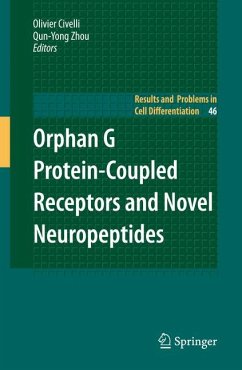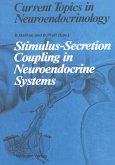The chapters of this book review the latest research in the field, most of them are written by the original discoverers of the respective novel neuropeptide. Emphasis is set not only on their discovery but also on their functional significance. Since many of these neuropeptides are part of drug discovery programs, this book impacts academic as well as pharmaceutical research.
Dieser Download kann aus rechtlichen Gründen nur mit Rechnungsadresse in A, B, BG, CY, CZ, D, DK, EW, E, FIN, F, GR, HR, H, IRL, I, LT, L, LR, M, NL, PL, P, R, S, SLO, SK ausgeliefert werden.









